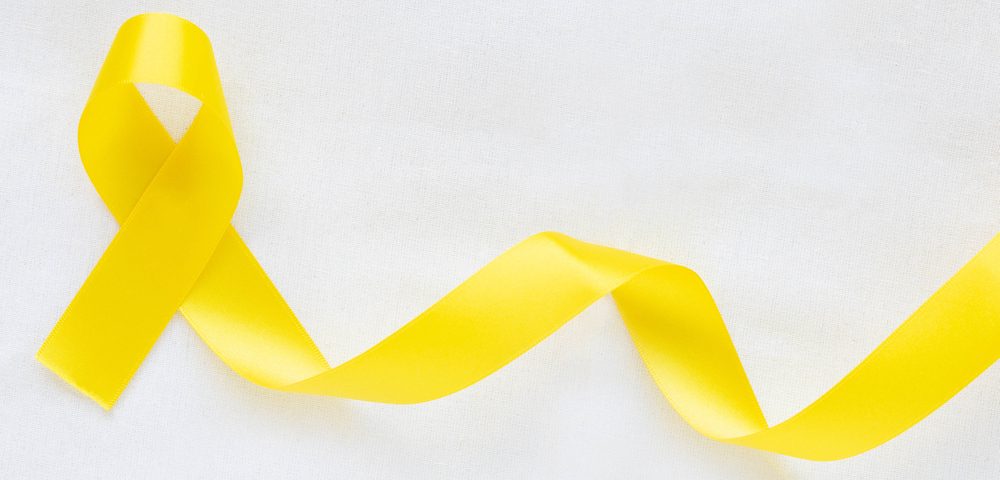
Modeling Drinking Behavior
July 13, 2021
Blended Families
July 15, 2021Each day, an average of 12 young people commit suicide in the United States, leaving behind devastated family and friends. Most youth show clear signs of their intention to attempt suicide, but too often, those signs go unnoticed, or loved ones don’t know how to respond.
“It’s easy to miss the signs if you’re not completely plugged in because kids don’t usually come out and say, ‘I feel like I’m going to kill myself.’ It’s much more subtle,” says Lisa Boesky, Ph.D., child/adolescent psychologist and author of “When to Worry: How to Tell if Your Teen Needs Help—and What to Do About It.” “You’ve got to be plugged into your child’s life, so that you can see the change in behavior and notice when things are not going well.”
Suicide is the third leading cause of death among 15- to 24-year-olds, claiming the lives of 4,600 young people annually, according to the U.S. Centers for Disease Control and Prevention (CDC).
Adolescence is a period of dramatic physiological and social changes, often accompanied by family conflict, romantic breakups and school issues. The extreme pressure to compete in the classroom and on the field can add to the overwhelming stress of being a teenager. But these factors alone rarely cause adolescents to take their own lives.
“About 90 percent of those who die by suicide have a mental or substance abuse disorder,” says Richard McKeon, Ph.D., chief of the Suicide Prevention Branch at Substance Abuse and Mental Health Services Administration (SAMHSA). More aggressive diagnosis and treatment of mental illness and substance abuse could potentially save thousands of lives annually.
No Population Is Immune from Suicide
Another major risk factor is having a friend or family member who has committed suicide. Experts have long known that people exposed to suicides have a greater risk themselves.
However, a new study published in the Canadian Medical Association Journal shows that suicidal thoughts and behavior are especially contagious among younger teens whose peers have taken their own lives, even if they don’t personally know them.
Twelve- to 13-year-olds who were exposed to a peer’s suicide had a five times greater risk of thinking about suicide themselves or to report that they had attempted suicide. Research shows that the suicidal influence declines as teens age. Sixteen- to 17-year olds were only two times as likely to contemplate suicide as those who did not have any exposure.
Students of Henry M. Gunn High School experienced the copycat effect first-hand when a cluster of suicides took place in Palo Alto, an affluent California town. In 2009, five students killed themselves by jumping in front of a commuter train, all within an eight month period.
“[Henry Gunn] is one of the highest performing high schools, ranked in the top 100 in the country—very high IQ, Silicon Valley, two-parent families, high achieving youths,” says Boesky. “Suicide is an issue for youth of every race, age, and socio-economic background, whether they’re struggling in school or they’re an honors student, whether they’re smoking in the back alley or they’re getting top honors. Suicide does not discriminate.”
MASK the Parenting Magazine a quarterly publication providing solutions for Today’s Families.
The parenting manual offering solutions to the modern-day challenges families face. From Pre-K
through College stay up to date on the modern day issues families face.
Are you up to date on the issues your child is facing?
MASK Mothers Awareness on School-age Kids offers parenting solutions for today’s families. MASK tackles important topics – from drugs and alcohol to bullying and Internet safety -and gives students, parents and the community the knowledge and tools to manage these potential challenges.
Subscribe today! https://www.tools4teaching.com/product/mask-the-magazine/
Download and share the MASKmatters app now! Made for children, parents, teachers and in Spanish.
Have solutions at your fingertips
Available free on apple and google play links below
Apple https://apps.apple.com/us/app/maskmatters/id1482305692
Google Play
https://play.google.com/store/apps/details?id=com.maskmatters.maskmattersapp&hl=en_US&gl=US




